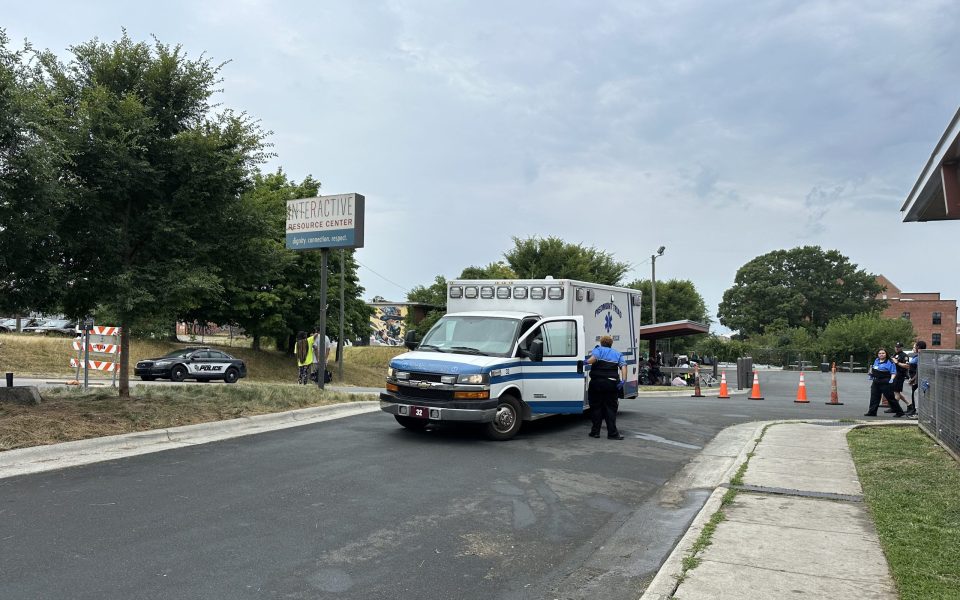
As the city of Greensboro mulls over its responsibilities to the Interactive Resource Center and the city residents who rely on the IRC’s services for their very survival, we suggest another lens through which we view this essential asset for the city.
We remember when the IRC opened in 2009, the brainchild of Liz Seymour and others who envisioned a humanitarian effort to address a homeless population that spilled from empty squats and encampments onto the streets of a resurgent downtown.
Most everyone agreed that a day center for folks experiencing homelessness — the IRC’s original function — was a good idea: a place to do laundry and shower, get mail, apply for jobs and learn skills, or just a safe place to simply exist in a world increasingly hostile to people with nowhere else to go. Placing it in a forgotten corner of downtown, near the bus depot, a human-services building with Urban Ministry just a few blocks away, made a lot of sense.
Things have changed.
That section of downtown has matured — with the help of city money, developer Marty Kotis bought the neighboring human-services building on the cheap from the city, evicted the tenants and turned it into a charter school. We figured it was only a matter of time before he tried to push the center out.
The IRC has changed, too.
The day center that once served fewer than 1,000 clients a year is now an emergency shelter during colder months. As the city cleared out homeless encampments near downtown, many migrated to the grounds near the IRC with their tents and belongings. Last fiscal year, the IRC served 5,677 people; this fiscal year which ended in June, they helped 8,520.
The problem is accelerating, and because the IRC was not created to “end homelessness” but to help those experiencing it, its mission dictates that they must evolve to answer the continuing crisis.
And Washington Street may no longer be the best place to do it. We say this not to appease the complaining business owners, who have already extracted much from the city, but to point out plain fact: The IRC is not big enough to satisfy its mission under the current circumstances. To that end, it needs more funding from the city and not less. And it should be relocated to a much larger space, which would be difficult because the family that deeded the property to the IRC stipulated that it must be used to help the homeless.
Another solution would be for the city to seize Kotis’ property using eminent domain and fold it into the IRC footprint to account for the overwhelming flow of people in need.
But we’ve been around long enough to know that this tool is generally used to help businesses at the sake of humanitarianism, and never the other way around.
CORRECTION: An earlier version of this piece incorrectly identified developer Andy Zimmerman as the owner of a property next to the IRC. Zimmerman sold this property last year. The editorial has been updated for accuracy; Triad City Beat regrets the error.
Join the First Amendment Society, a membership that goes directly to funding TCB‘s newsroom.
We believe that reporting can save the world.
The TCB First Amendment Society recognizes the vital role of a free, unfettered press with a bundling of local experiences designed to build community, and unique engagements with our newsroom that will help you understand, and shape, local journalism’s critical role in uplifting the people in our cities.
All revenue goes directly into the newsroom as reporters’ salaries and freelance commissions.


Leave a Reply